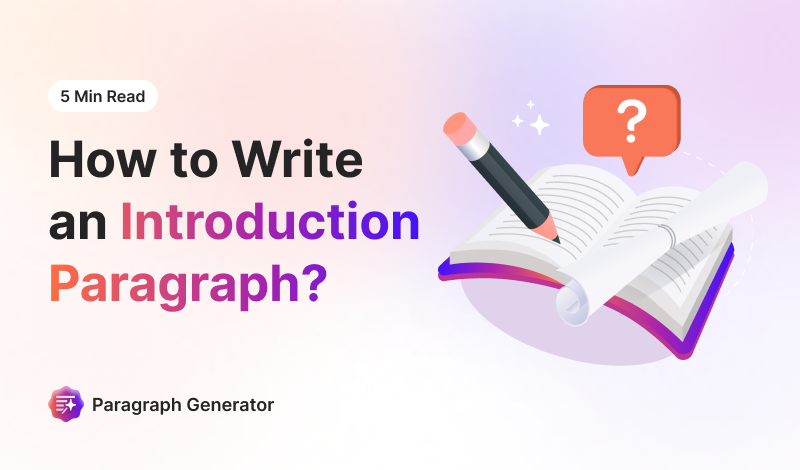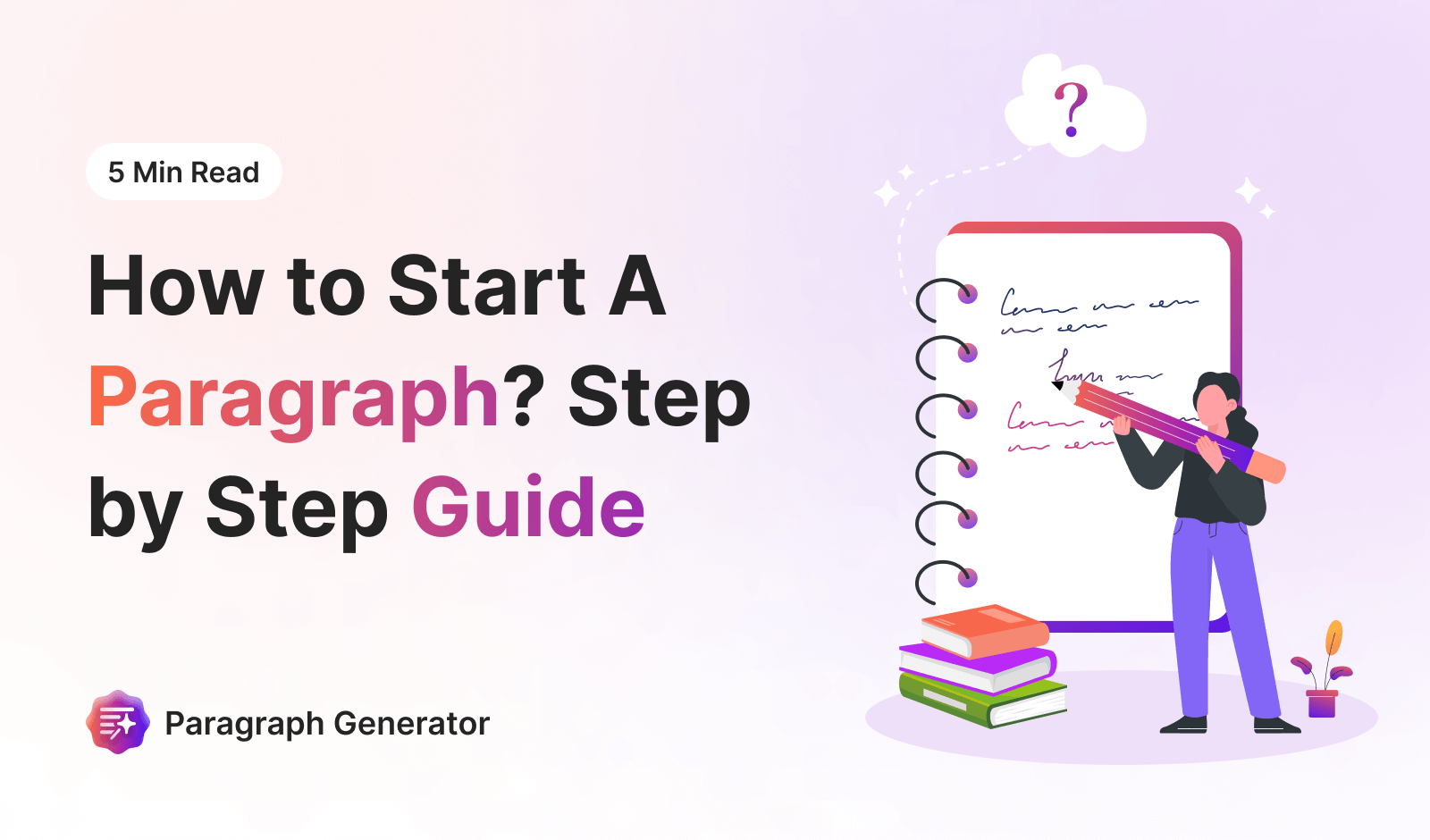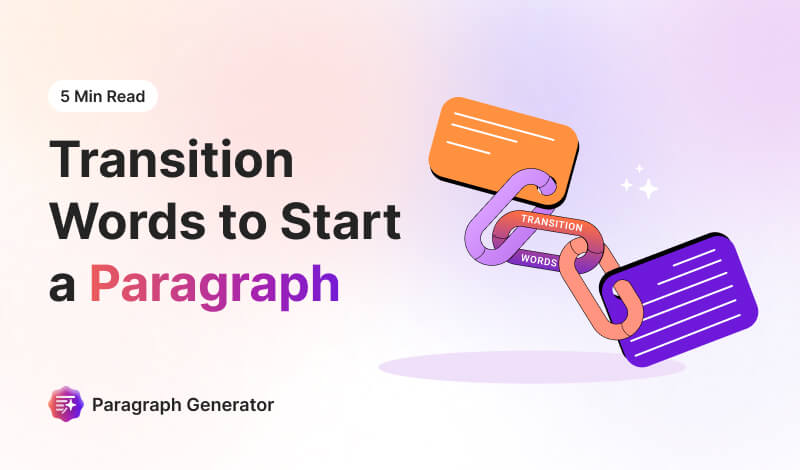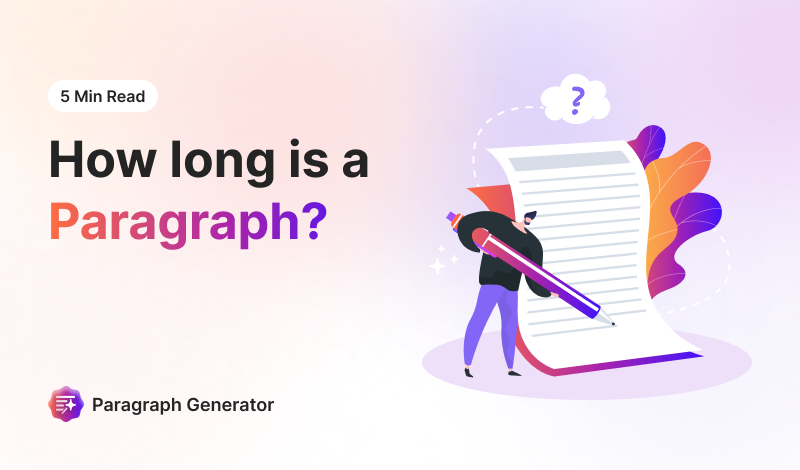The introduction paragraph sets the tone for your entire essay, research paper, or blog. If it is not done right, readers might get bored and not even bother reading the whole thing. This is why, it is important for you to craft an engaging introduction paragraph, no matter what type of content you’re writing it for. In this post, we’ll take a detailed look at how you can do that.
Step-by-Step Guide on Writing an Engaging Introduction
Below, we’re going to list and discuss the main steps on how you can write the perfect opening for your content pieces.
⦁ Start with a Hook
The rule of thumb is to start your introductions with a hook line. It is basically an opening sentence or two and its purpose is to grab the attention of readers and make them interested in reading further.
Now there are various types of hook lines that you can choose from. The choice mainly depends on you and what type of content you’re writing. That said, here are some of the main types of hooks:
- Anecdote: A brief story about yourself or someone else related to the topic. i.e. "On a chilly November morning, I found myself standing in front of a room full of strangers, about to deliver my first public speech."
- Quote: A relevant quotation, mostly from a notable personality. i.e. "As Albert Einstein once said, ‘Imagination is more important than knowledge.’"
- Question: An interesting question that encourages your readers to think. i.e. "Have you ever wondered how many hours a day teenagers spend scrolling through their social media feeds?"
- Statistic: A real and relevant statistic that helps readers understand the intensity of the situation. i.e. "Almost 60% of adults admit to having a fear of public speaking."
- Statement: A bold statement that provides readers with information they didn’t know before. i.e. "Public speaking is the most powerful tool you can use to share your ideas."
Each of these hook types is equally effective. Choose whichever one you like most and think will fit your content best and start your introduction paragraph with it.
⦁ Provide Background Information
Once you’ve written an appropriate hook line, comes the background information. It helps to give context to your readers while explaining why the topic is important and relevant. Now there are three ways you can go about this. You can focus on only explaining the broader context of the topic, defining key terms, or setting the scene.
For example, let’s say you’re writing about climate change, to explain the broader context of the topic, you might say "In recent years, climate change has become a debated issue across the globe, affecting policies, economies, and daily lives."
Besides this, as we said, you can also define key terms for your readers so they can better understand what you’re talking about. For instance, "Digital literacy, the ability to effectively use digital tools and platforms, has become important in the modern workplace."
Additionally, the last thing you can do is focus on setting the scene so you can immerse your readers in the topic. Something like "With smartphones and platforms like Instagram and TikTok, social media is a major part of teenagers' lives. Studies show they spend around three hours daily on social media, raising concerns about its effects on mental health" could work well.
Having said that, you should choose how you’re going to provide readers with background information as the three ways we listed are equally effective.
⦁ Present Your Thesis Statement
The last thing that you should do is bring your introduction to a close with a good thesis statement. It must clearly state the main argument or point of your content and should point your readers to the rest of your write-up.
Additionally, your thesis statement be clear, concise, and specific. Try not to add too many details to it and make it any longer than it has to be.
To exemplify this, let’s say your content is about social media and how it impacts teenagers, then your thesis statement could be something like: "This article will examine how social media impacts teenagers' mental health, focusing on anxiety, depression, and self-esteem."
Complete Introduction Paragraph
Now if we take examples of all the aforementioned points and combine them you will see that a perfect introduction paragraph is formed.
Let’s take the question as the hook line, the scene-setting example as the background information, and the thesis statement that we just mentioned above and combine them. Here’s what it will look like:
A Quick Alternative
If you feel like the above steps are a bit challenging, you can just use our AI Paragraph Generator. It can help you craft perfect introduction paragraphs for your content pieces. The tool uses the latest artificial intelligence algorithms and is trained on large language models to offer accurate outputs based on the given prompt.
While the tool can generate any sort of paragraph for you, we advise that you only use it as an assistant. You can learn from it and keep the outputs as a reference point. Relying primarily on the generated content is never recommended.
Now, let us explain how you can use our paragraph generator to create perfect openings for your write-ups.
Using an AI Paragraph Generator for Crafting an Introduction Paragraph
To use our tool for creating a good introduction paragraph, you have to follow the steps mentioned below.
⦁ Open the tool and input the topic of the content that you want to create an introduction paragraph for.
⦁ Decide the number of paragraphs that you want generated and select it from the menu.
⦁ Choose if the introduction should be detailed or concise. We recommend going for “Detailed” if you want a longer paragraph. If you prefer a shorter one, then choose “Concise”.
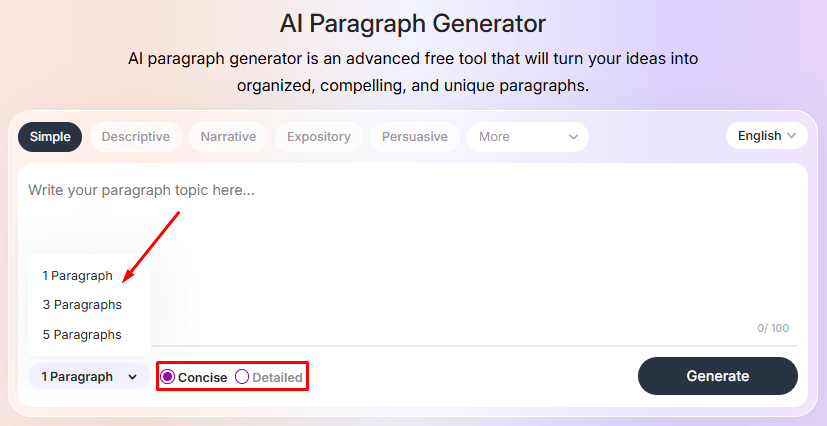
⦁ Next, select the tone of voice that you want the introduction to be generated in. Our tool offers multiple styles, so you can pick whichever one you think will suit your content.
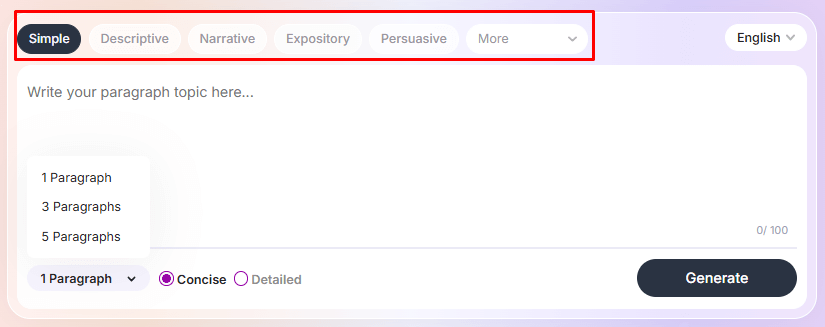
Once you’ve done all this, you’re set to generate an introduction paragraph. Simply hit the “Generate” button.
Now, let’s have an example of the use of our AI Paragraph Generator. We’ll prompt it to write an introduction paragraph for an article titled “Main Causes of Diabetes in Older People.” You can see the output below.
Our Input Prompt
Tool’s Output
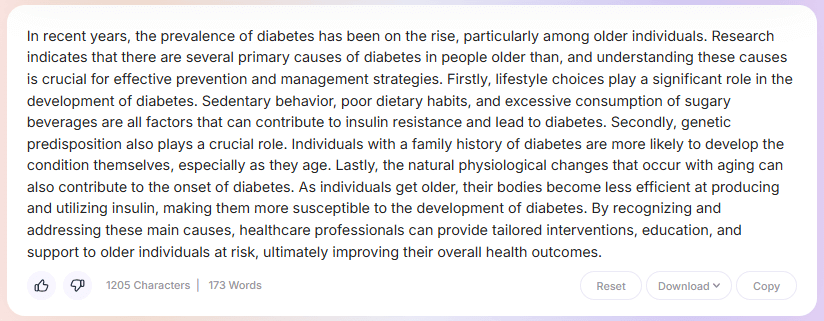
As you can see, the output fulfills our requirements and is quite good. It accurately introduces the topic and hooks the reader into reading the entire thing.
Final Words
Crafting an engaging introduction paragraph is important to capture the interest of readers and set the tone for your content pieces.
An introduction starts with a hook line, then background information is provided to readers, and finally, it ends with a clear thesis statement. We’ve talked about all of this in great detail in this article and have also mentioned how you can use our AI Paragraph Generator as an assistant and helping hand.
